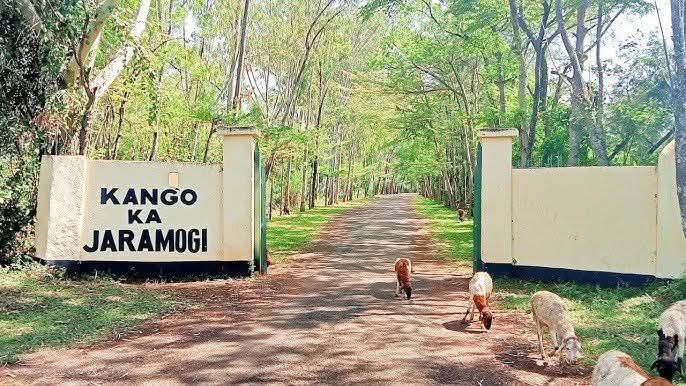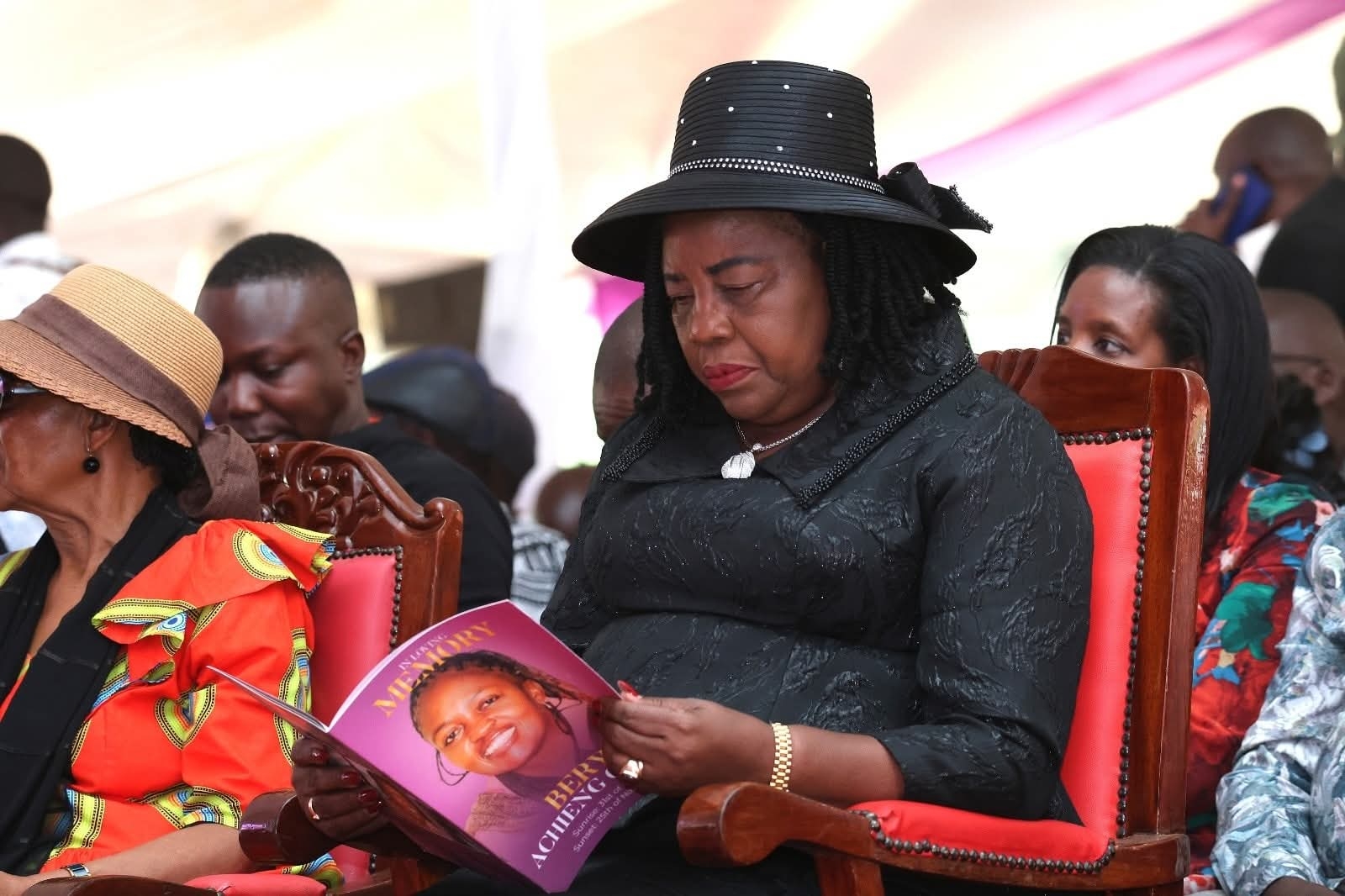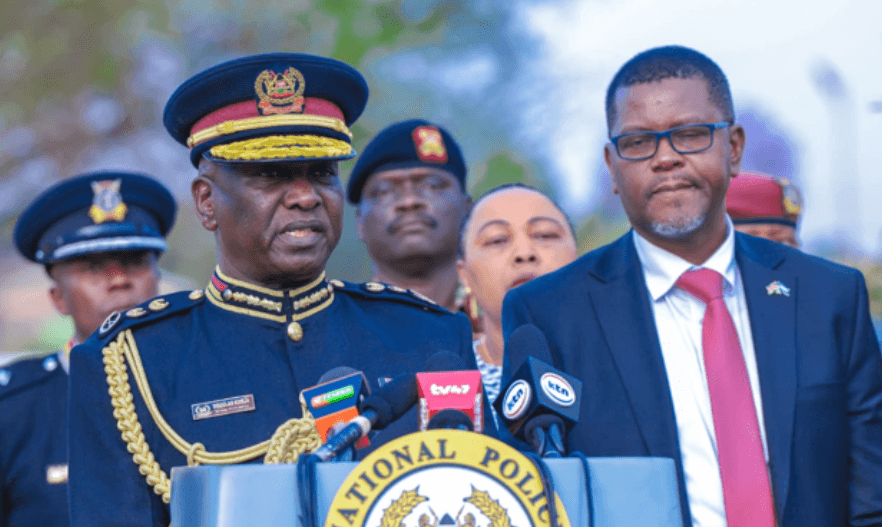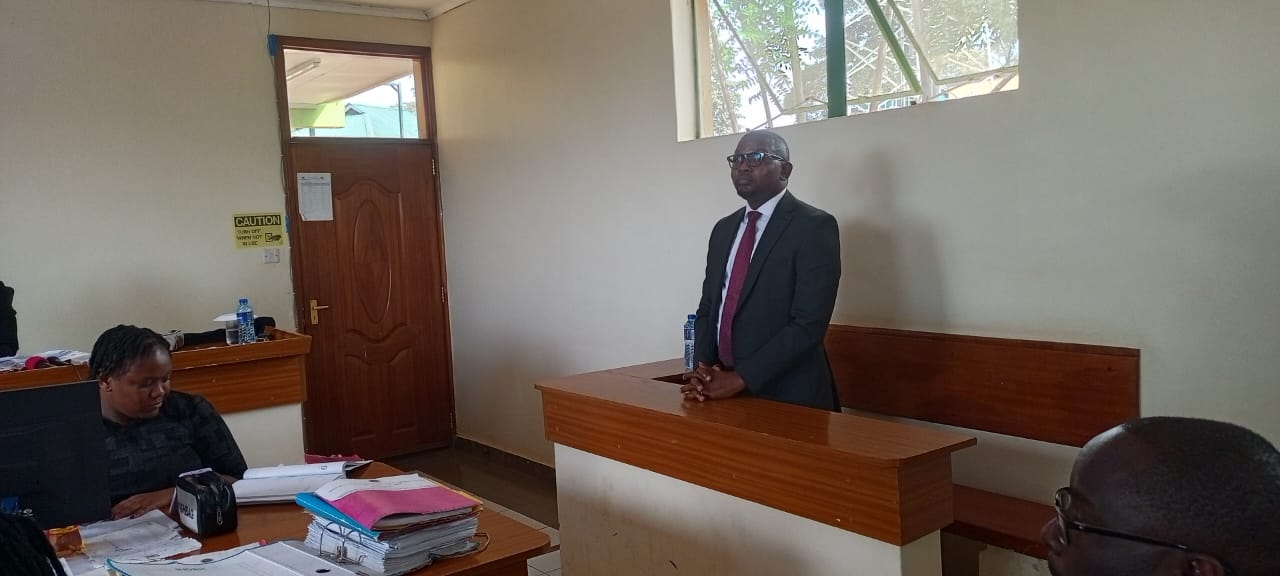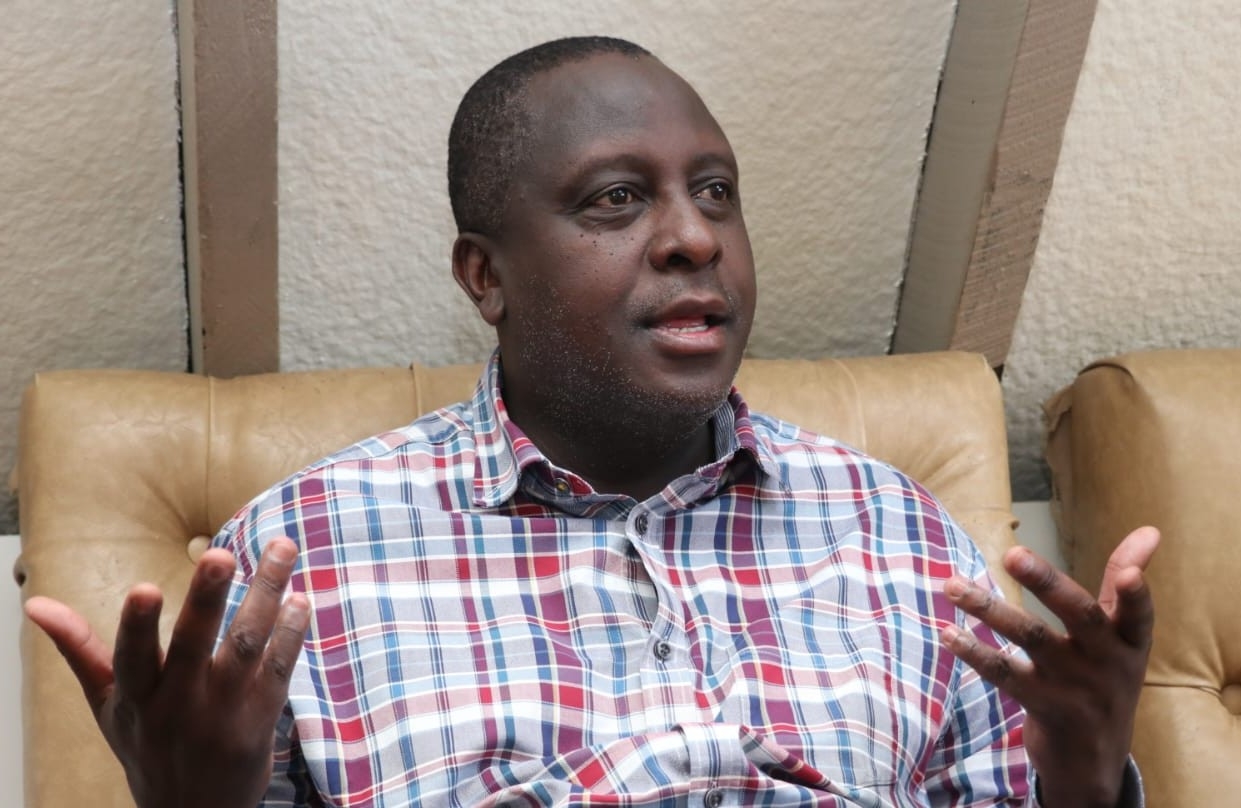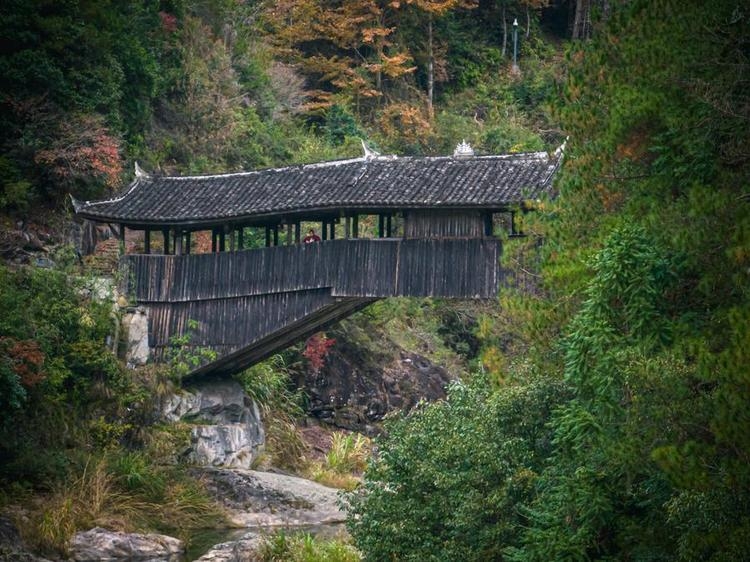Somewhere at the heart of Vihiga county once stood a lush, green forest with many indigenous trees, some serving as medicine to the community.
Maragoli forest was also rich in wild animals that enabled most communities to rely on it for hunting. Water flowed freely from the forest and soil erosion was prevented by its trees.
But 27 years ago, it was annihilated by pests, wind and logging, leaving nothing but rocky hills and deep gullies behind.
Water shortages have been the norm ever since and the county risks becoming semi-arid.
Richard Misigo, secretary general of the local Community Forest Association, recounted this history in an interview with the Star.
He said the forest was established between 1955 and 1956 by the colonial government and was gazetted between 1959 and 1960. It was gazetted as a forest under the Kenya Forests Act.
However, the forest was not secured by the colonial administration due to pressure from Africans, who were demanding their freedom.
Locals wanted profits from the forest to be channelled to the community. Dabwongo, Lodonyi and Muguva villages that were residing in the forest declined to vacate the forest as well.
When Kenya got its independence back in 1962, the colonial administration left without securing the forest.
“When the Africans took over the leadership, there was an agreement between the community around and those living in the forest,” Misigo said.
The government allowed inhabitants to continue living in the forest, and neighbouring communities were to get a portion of the profits the government was making from the forest.
This agreement gave the government a chance to secure the forest from all manner of destruction.
“The Kenyan government later re-gazetted the forest, leaving the three communities in the forest,” Misigo said.
From 1968 up to 1993, the forest was intact, granting a healthy environment, fresh air and bountiful streams.
When the surrounding communities saw millers harvesting the trees, they joined in. It was a scramble for whatever was left in the forest
BIG READ: Why water sources should be protected https://t.co/KY3b4VhmoI pic.twitter.com/Pc8gJtppW1
— TheStarKenya (@TheStarKenya) May 18, 2021
WANTON DESTRUCTION
Things started falling apart when the forest was invaded by aphids in late 1993. These are small bugs that suck sap from plants and reproduce rapidly, sometimes without mating, threatening the existence of plants once in large numbers.
Then in 1994, the forest was further destroyed by strong winds that felled many trees. Due to that destruction by aphids and winds, the provincial commissioner commissioned millers from various parts of the country to harvest the trees.
“The administrators never came up with any plan on how to restore the forest after the harvest. Millers were just harvesting and leaving,” Misigo said.
“When the surrounding communities saw the millers harvesting the trees, they also joined them in harvesting, too. It was the community and the millers scrambling for whatever was remaining in the forest.”
Once the forest was depleted, communities around went on to uproot tree stumps and burned charcoal, which totally destroyed the forest.
This marked the end of the then Maragoli forest, converting it to Maragoli hills.
In 2000, the communities around invaded the hills. They began farming activities and had a bumper harvest due to the fertility of the forestland at the time.
Due to that huge harvest in 2000, more communities from adjacent areas encroached the land for farming.
The three communities that were living in the forest also claimed ownership of the forestland as well.
In subsequent years, the harvests declined as the fertility of the land reduced. And in 2003, the area was seriously hit by soil erosion due to surface run-off. Soil fertility went down further, reducing the harvest.
Despite this, the communities continued cultivating the area, which led to severe soil erosion, currently characterised by deep gullies and heavily protruding rocks.
Due to the magnified environmental hazards, stakeholders showed an interest in restoring the degraded ecosystem, without much success.
“The community became harsh to those who were restoring the forest, especially the Kenya Forest Research Institute and the Kenya Forest Service, for not involving the community,” Misigo said.
The project turned into a cash cow, he said, with cartels taking centre stage to enrich their close allies.
“A good number of NGOs and the government have been pumping cash into the project but because of not involving the community in the forest and the adjacent communities, the project kept failing.”
COUNTY INTERVENTION
Reviving the forest became central to the county government after it promised residents access to clean water by 2022.
“Water is a vital commodity for both humans and crops. Among my pledges during the 2017 campaign was to ensure water shortage becomes a thing of the past in my county,” Governor Wilber Ottichilo told the Star.
A Sh1.7 billion deal was struck with Belgium to produce 12,500 cubic metres of water daily. It is divided into three mini-clusters of Maseno, Lunyerere and Kaimosi.
The project was to serve more than 300,000 residents of Vihiga county from Hamisi, Sabatia, Vihiga, Emuhaya and Luanda subcounties.
However, the county leadership found it difficult to implement the project since most of the tributaries that were feeding the main rivers have dried up. Most of these tributaries were from the now barren Maragoli hills.
Ottichilo said if the forest is not revived to restore the dried tributaries, the county could degenerate from tropical to semi-arid conditions, a clear illustration of climate change.
“If that situation is not addressed urgently, the county risks facing acute water shortage,” Ottichilo said.
He said he will not wait for the situation to worsen before he acts.
“Reviving that forest without involving the community is an uphill task. We engaged the community and 70 per cent of the activities were driven to the community,” he said.
He said they wanted the community to be part of the project to have that ownership as a way of ensuring the project moves to the next level, echoing Misigo's view.
Ottichilo said once the Maragoli forest is fully restored, water bodies that were within will be restored as well.
“Once our water towers are restored, the level of water within our rivers will increase, hence the success of our water supply projects will be guaranteed,” he said.
The rocks on the hills will stabilise and oil erosion will stop as well, Ottichilo added. The governor said he had directed the Environment department to take charge of the forest restoration.
Environment chief officer Richard Boiyo said the county had signed Transition Implementation Plans and a deal with the KFS and Kefri on joint restoration activities in Maragoli hills.
A Participatory Forest Management Plan that clearly stipulates forest management has been drafted, and a community-based tree nursery training manual published and effected.
The county has also developed a community-based tree training nursery, with a fully operational irrigation system that currently has over 1.5 million assorted tree seedlings. Community initiatives to develop mini-tree nurseries are being promoted.
During the March-May rainy season, the county, in collaboration with Equity Bank, KWS, KFS, Kefri and the community, has protected and reforested 10ha with assorted indigenous trees.
Sustainability efforts are currently underway to ensure high survival rates. The county endeavours to protect and reforest 20ha every year.
POPULATION PRESSURE
Ottichilo said the growing population of the community surrounding the Maragoli hills has remained a big problem in reviving the forest.
“Population keeps increasing but land does not increase, so people are forced to cultivate on the hills, which hampers our reforestation programme,” he said.
Even though there have been many reforestation programmes, the county's approach is the only one that fully involves the community, he said.
The county is partnering with Equity Bank, KFS, Kefri, KWS and the community to restore the lost glory of Maragoli forest.
Ottichilo said this will enhance ecosystem benefits to the residents of Vihiga county and beyond.
Equity Bank Mbale branch manager Jane Ogutu said the collaborative efforts to adopt the 10ha of Maragoli hills for the reforestation programme are part of the nationwide efforts on environmental conservation.
Ogutu told the Star Equity aims to grow 200,000 trees in Maragoli hills in five years, adding that the financial institution is seeking to grow more than 10 million trees across the country by 2023.
"As Equity Bank, we are known for supporting education for needy families, but we have started efforts to conserve our environment in partnership with the county, community and other stakeholders," Ogutu said.
Edited by T Jalio



